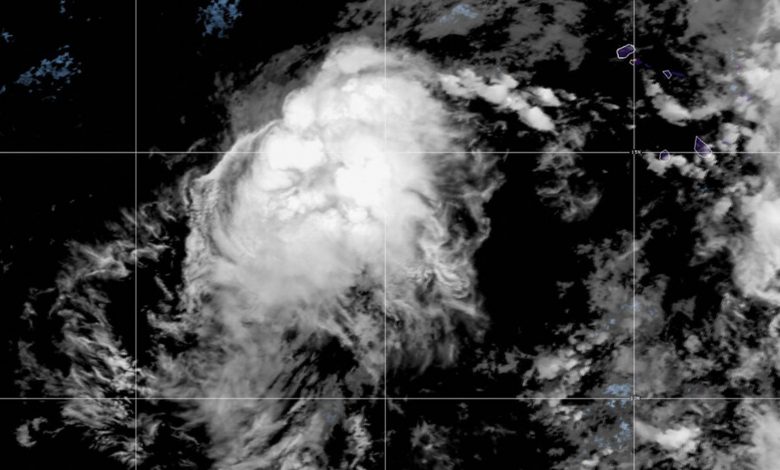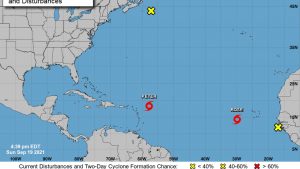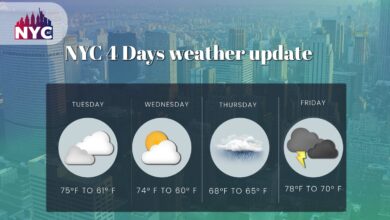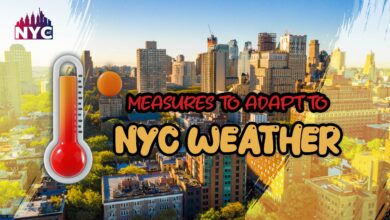Rose, the Third Tropical Storm Is Forecast to Dissipate

According to forecasts, Tropical Cyclone Warning Rose, one of several storms that have formed in past days, is likely to diminish progressively as it travels west over the Atlantic on Tuesday. And per the National Weather Center, Rose was around 550 miles west of Cape Verde as of 5 a.m. Central Time on Monday. The storm, heading northwest at 15 mph, did not represent a direct danger to land. Rose developed on the same day as Super Typhoon Peter, the 17th hurricane of the active 2021 Hurricane season. On Friday, Atlantic Odette, the major storm that smashed into the mid-Atlantic coast, was soon reduced to a tropical cyclone.
In comparison to this year, only 2020 and 2005 had a 17th named storm, according to the Hurricane Center. The approach of the peak cyclone season has led to a rapid run of recognized storms, which has taken climatologists by surprise.
On September 14, Cyclone Nicolas made landfall on the Texan, bringing torrential rain to sections of Louisiana that had been devastated two weeks prior by Hurricanes Ida, which subsequently caused deadly flooding in the New York region. Tropical Cyclone Mindy has made landfall in the US. On September 8, it made landfall in the Florida Keys, only hours after developing in the Gulf of Mexico. In the Atlantic, an intense hurricane named Larry was whirling.

Cyclones and climate variability are now becoming increasingly intertwined. Increasing storms and an increased proportion of the most violent storms can be expected as the globe warms; however, the absolute amount of storms may decrease as factors such as more potent crosswinds prohibit smaller batteries from developing.
Hurricanes are also becoming wetter due to more water vapor in the atmosphere due to the warming temperature; experts say that Tropical storms rained considerably more than usual.
On May 23, Anna became the season for the first named storm, marking the eighth year in a succession that a recognized storm has formed in the Ocean before the season officially begins on June 1.
National Oceanographic and Meteorological Agency experts projected 13 to 20 named thunderstorms in May. There will be six to ten storms in the Atlantic this year, with three to five significant hurricanes of Category 3 or above.
NOAA has updated your prediction. Early in August, forecasters anticipated that by the conclusion of the season on Nov 30, 15 to 21 recognized storms, comprising seven to ten hurricanes, will have formed.
In 2020, there were more named storms than ever before, exceeding the previous high of 28 in 2005.



